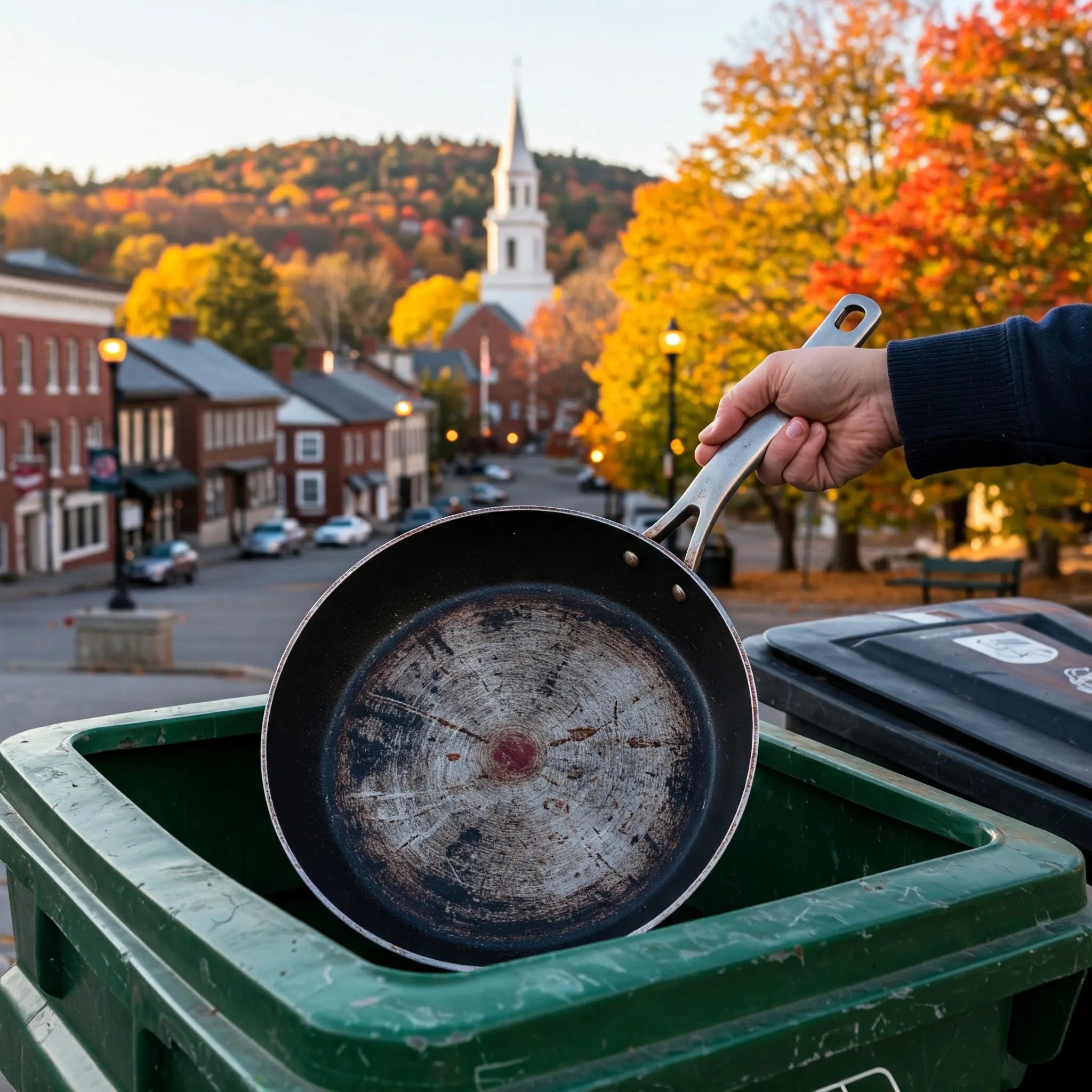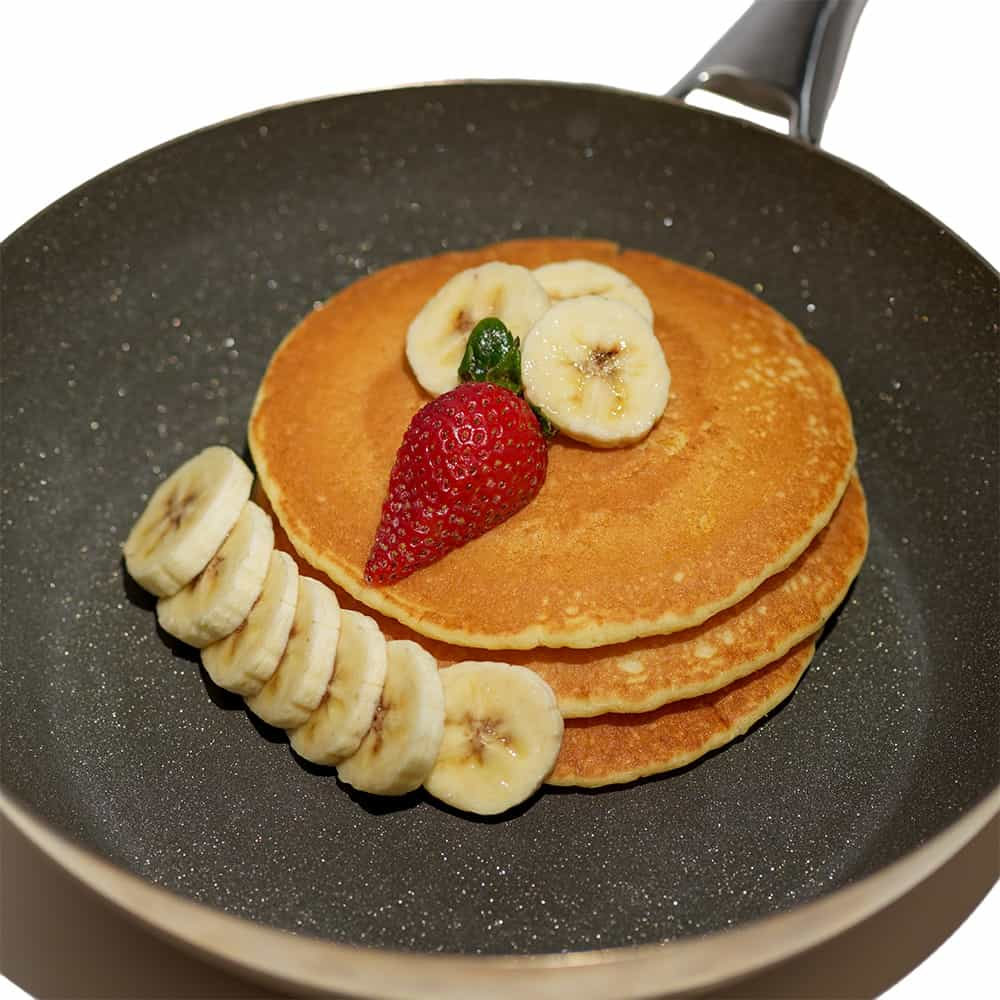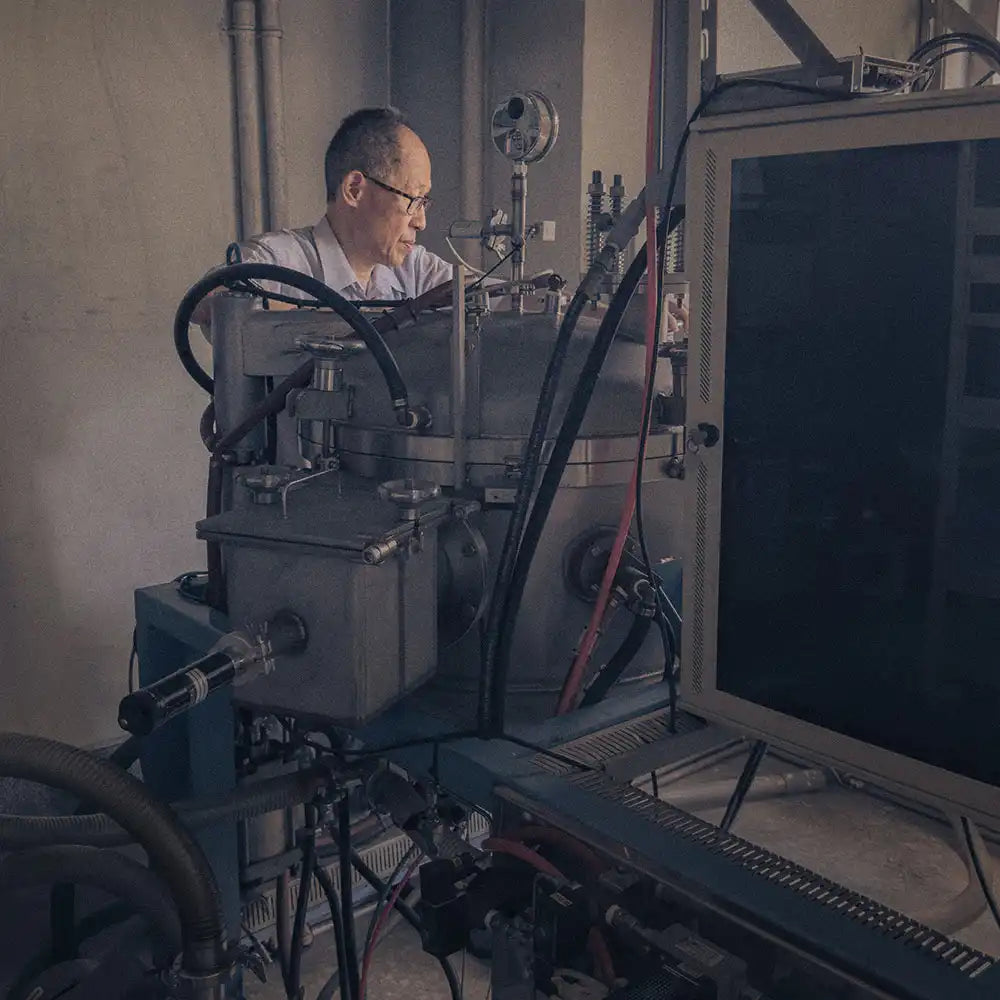Article: Vermont’s 2026 PFAS Ban: The Smart Cook’s Guide to Safer, Longer-Lasting Cookware

Vermont’s 2026 PFAS Ban: The Smart Cook’s Guide to Safer, Longer-Lasting Cookware

Quick Takeaway
The Hidden Danger in Your Kitchen
Picture this: You’re flipping pancakes on a trusty non-stick pan, unaware that tiny “forever chemicals” (PFAS) could be leaching into your food. Starting January 1, 2026, Vermont is taking a bold step to protect families like yours. With Act 131, the state will ban the sale of cookware containing intentionally added PFAS—a move driven by growing concerns about these toxins linked to cancer, immune issues, and environmental harm. But what does this mean for your kitchen, and how can you stay ahead of the curve?
Breaking Down Vermont’s PFAS Regulation
What Are PFAS, and Why Is Vermont Banning Them?
PFAS are synthetic chemicals prized for their non-stick and heat-resistant properties. Known as “forever chemicals” because they don’t break down naturally, they’ve been detected in products ranging from rain jackets to frying pans. Vermont’s Act 131, signed into law in May 2024, targets PFAS in consumer goods, including cookware, to mitigate long-term health risks. For more details, check the official Vermont legislature page.
Key Dates and Rules to Know
| Aspect | Details |
|---|---|
| Law Name | Act 131 (formerly S.25) |
| Effective Date | January 1, 2026 (PFAS ban for cookware) |
| What’s Banned? | Sale of new cookware with intentionally added PFAS (like Teflon™) |
| Existing Cookware | You can keep using what you own—no need to panic! |
| Alternatives | Ceramic, stainless steel, cast iron, or diamond coatings (more on that below!) |
Why This Matters: While your current pans are safe to use, replacing them after 2026 will require PFAS-free options. Vermont’s law reflects a broader shift toward safer materials, encouraging brands to innovate—and opening the door to exciting new possibilities.
The Future-Proof Upgrade for Your Kitchen
The Problem with Traditional Non-Stick
Most non-stick pans depend on PFAS-based coatings (like Teflon™). Over time, these coatings degrade, releasing chemicals into your food—especially at high heat. Even ceramic alternatives, though PFAS-free, often lack longevity, scratching easily and losing their non-stick properties within a couple of years.
Enter Vacuum-Brazed Diamond Cookware: A Game-Changer
Imagine cookware that’s PFAS-free, tougher than stainless steel, and heats as evenly as a pro chef’s pan. That’s what vacuum-brazed diamond cookware delivers:
- Unmatched Durability: Diamonds, the hardest material known, are fused to the pan’s surface via vacuum-brazing, resisting scratches—even from metal utensils.
- Lightning-Fast Heat Distribution: Diamonds conduct heat five times faster than copper, ensuring no hot spots for flawless cooking.
- Lifetime Performance: Unlike traditional non-stick pans that fade in 2–3 years, diamond cookware lasts over a decade with daily use.
- No Toxic Fumes: Safe at temperatures exceeding 500°F, unlike Teflon™, which emits harmful fumes when overheated.
Diamond vs. Traditional Non-Stick: A Quick Comparison
| Feature | Teflon™ | Ceramic | Vacuum-Brazed Diamond |
|---|---|---|---|
| PFAS-Free? | ❌ | ✅ | ✅ |
| Durability | Scratches easily | 1–2 years | 10+ years |
| Heat Safety | Toxic above 500°F | Safe | Safe |
| Eco-Friendly? | High waste | Moderate waste | Low waste (long lifespan) |

Why Vermonters Are Making the Switch
With Act 131 looming in 2026, forward-thinking cooks are already embracing vacuum-brazed diamond cookware. Here’s why:
- Stay Ahead of the Ban: Be ready for 2026 with a compliant kitchen today.
- Healthier Meals: Cook confidently without worrying about chemical leaching.
- Cost-Effective: Say goodbye to frequent replacements—diamond cookware is a long-term investment.
- Local Pride: Align with Vermont’s commitment to innovation and sustainability.
The Bottom Line
Vermont’s PFAS ban is more than a regulation—it’s a call to reimagine our kitchens. While ceramic and stainless steel are decent alternatives, vacuum-brazed diamond cookware shines as the ultimate upgrade: safer, stronger, and designed to last. As 2026 nears, why settle for anything less?
Ready to future-proof your kitchen? Explore vacuum-brazed diamond cookware today—where cutting-edge science meets Vermont’s dedication to health and sustainability.
References
- PFAS - Vermont DEC
- PFAS in Drinking Water - Vermont Health
- EPA Regulation of PFAS - Vermont Public
- New EPA Rule on PFAS - VT Digger
- National Institutes of Health: PFAS
- Our Current Understanding of the Human Health and Environmental Risks of PFAS - EPA
- How PFAS Impacts Your Health - CDC
- Diamond Non-stick Surface and Cooking Utensils - USPTO Patent Center
- Diamond non-stick surface and cooking utensils - United Kingdom's Intellectual Property Office
- What Is Diamond Coating on Pans & Is It Safe? - diamondPans
- Safest Cookware: Diamond-Infused vs. Teflon - diamondPans
- Is Diamond Coating on Pans Safe? A Quick Answer + What You Need to Know
- Why Diamonds Are Naturally Nonstick? - diamondPans
- How to Choose Diamond Cookware: Carat Weight Matters Most - diamondPans
- What are PFAS and Why Should People Choose PFAS-Free Cookware? - diamondPans
- PFAS-Free Diamond Cookware: The Comprehensive Nonstick Guide for American Home Cooks - diamondPans
- Is Diamond Coating the Same as Teflon? What Is Diamond Coating on Pans? - diamondPans
- What Is Diamond Coating on Pans & Is It Safe? - diamondPans
- What’s the Safest Cookware? Unveiling Diamond-Infused vs. Teflon - diamondPans


